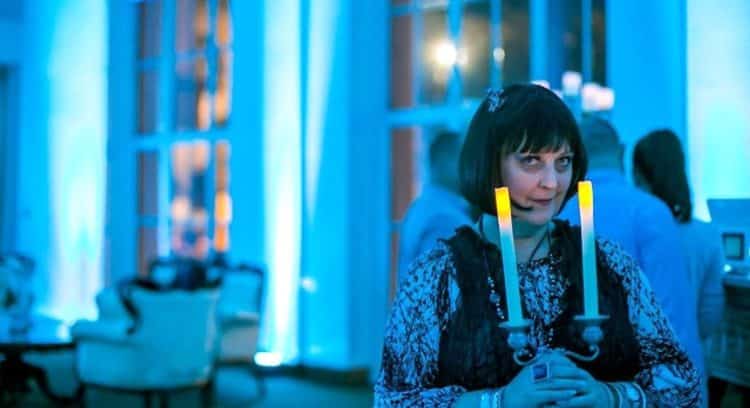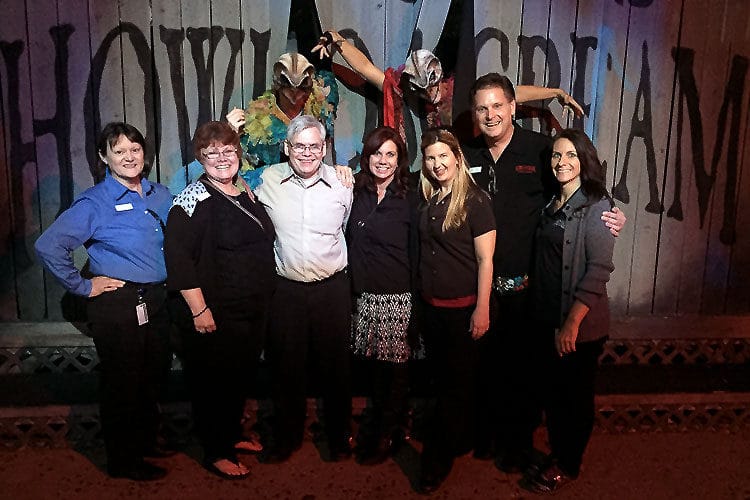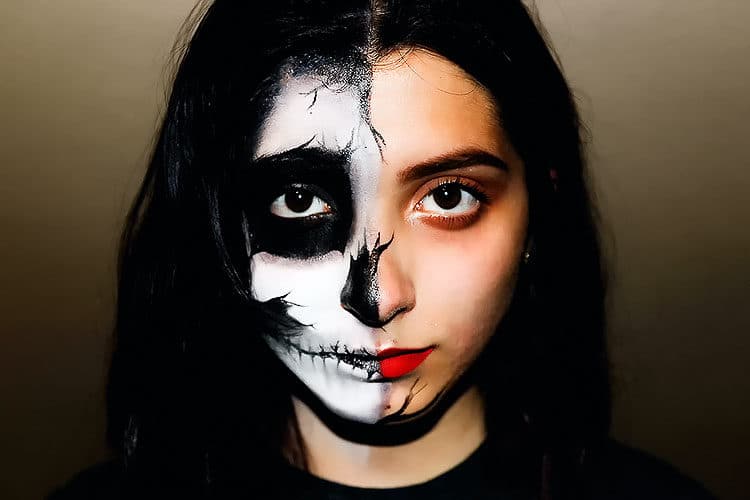Two Attractions Industry Veterans Talk about the Challenges and Opportunities in Creating a Seasonal Event at a Historic Site
In Issue 22 of Seasonal Entertainment Source, we explored the key ingredients for planning and producing a Halloween event in a historical—and often protected—site. We interviewed Scott Swenson, creative director for the Halloween event The DARK at historic Fort Edmonton in Alberta, Canada, and Matt Schanandore, Interpretive Director at Fort Abraham Lincoln State Park. The critical key ingredients are:
- Create a plan for the event, including all funding needs.
- Obtain full support from management and staff at the site.
- Bring in outside
- Craft a story which doesn’t harm the site’s history.
- Establish a dedicated team to work on the event year-round.
To further explore these ideas, we brought together two industry experts—Amy Hollaman and the Scott Swenson—in front of a live audience at this year’s HAuNTcon, held in New Orleans from January 25 to 27th.
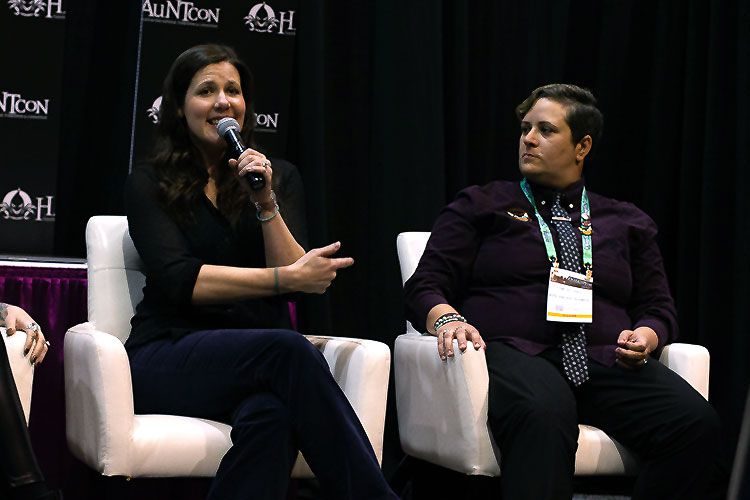
Create a Plan and Budget in Advance
“Having an advance plan isn’t just important, it’s essential. It’s much simpler and more cost effective if you have an advance plan. If you’re starting from square one without such a plan, you’re already behind schedule. Minimum would be to start a year out to see what’s going on in your industry and region during the season so you can find your niche and fill it. That’s the most important element of having an advance plan—realizing what you can offer that nobody else can,” began Scott.
“I disagree,” said Amy. “I say, don’t make a plan. Just run with it. OK, I’m just kidding. Before you plan, you need to establish your goal. Your primary goal is probably going to be to make money, but there’s going to be more than just that goal. For example, many historical sites want to launch seasonal events to bring a new audience to their space. Many folks aren’t that interested in visiting a historic place to learn about that place, but most people are interested in attending an entertainment event, so that’s an easier sell than trying to pitch an educational experience.
“If your goal is to engage new audiences, you’re probably going to want to spend more money on your marketing budget and market to new audiences, not just the people who’ve already visited your site. Also think about the age demographic because maybe you want to draw young people who’ll continue to come back year after year to learn more.”
“The next step is the budget,” said Amy, “which means figuring out if you have the funding and how you’re going to use it. Decide if you’re going to structure on your own or if you’re going to use a model you’ve seen. You need a one-, two, and five-year plan. There are different goals each year, all leading to growing the audience (if that’s the goal) and making an impact in the haunt world.”
“Begin by focusing on something that’s attainable at a high level of quality, so the money you spend in marketing isn’t wasted,” added Scott. “Don’t start cheap; start focused.”
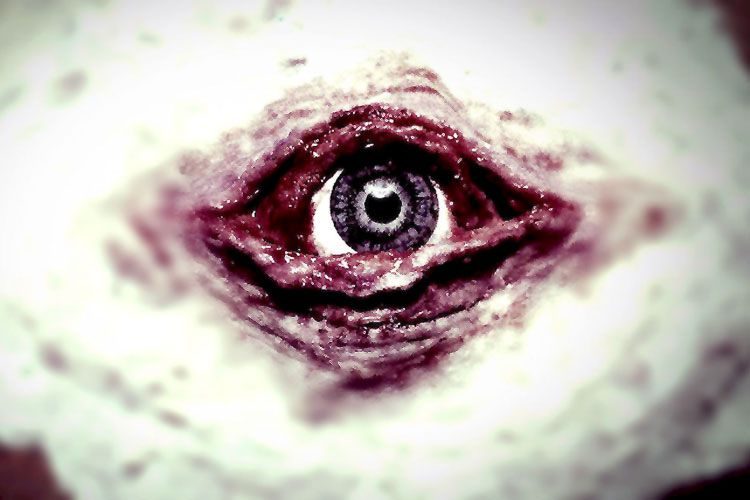
Obtain Buy-in from Management and Staff at the Site
Having full support for your project means buy-in not just from management but also from the staff. “To get full support, everyone has to feel ownership,” said Scott. “The way to do that is to define the goal and use buzzwords that the CFO, the CEO, the merchandising person, the culinary person, and the marketing person all understand,” he said.
“Involve people who aren’t part of the creative development team in the creative development. Put the creative ideas out there and listen to their feedback. In this way, you create your own, internal focus group and you also give people a sense of ownership.”
“Buy-in is critical,” Amy agreed. “One way to do this, she said, is to provide the historic site staff with realistic attendance and behavior projections, so the team isn’t shocked or feeling betrayed. You want them to trust you, and you do this by explaining to the regular staff what to expect when you bring a seasonal attraction to their historic site. If you have a seasonal attraction—especially one that takes place at night—you want to make sure your daytime staff knows that your nighttime staff is trained on how important this site is and how they need to take care of it.”
“Get full support from the surrounding community. These seasonal events affect the neighborhood, the police department, and traffic, so, you need to talk with the local authorities well in advance, not just to get your coding and your permits, but to set expectations for them and bring them into the process.”
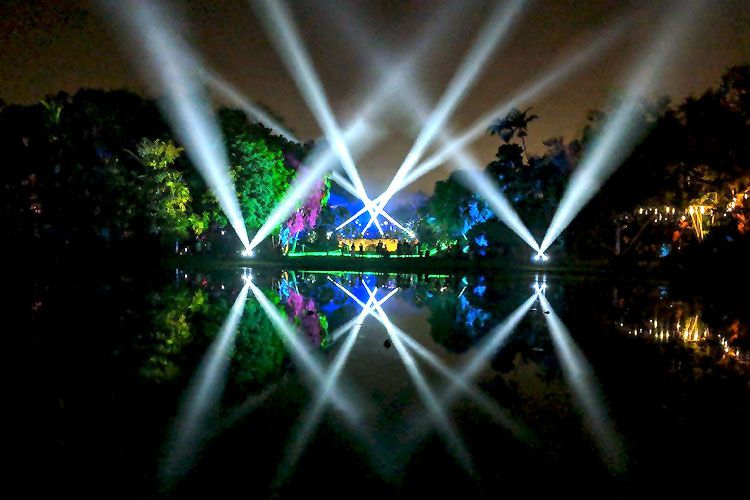
Outside Help: If, When, and How
Nine times out of ten you must bring in outside help—not because the internal staff can’t handle it but because your internal team is already committed to the daytime product. “You can’t do that with one staff without burning them out,” Scott commented. “You want to bring in people not just to give you creative ideas but manage traffic and parking, take care of safety, supervise lighting and audio, etc. In many cases, historic sites are 501c3 non-profit organizations, so utilize their volunteer pool.”
“Set the appropriate boundaries,” observed Amy. “You don’t want to give the keys to outside help entirely. You don’t want them to take over. You want them to share and buy in your goals and then work closely with that outside help to… make sure it’s still aligned with your goals.” This is vitally important at historic sites, where alterations to the site—even something as small as putting a screw into a wall—are prohibited.
“If you bring someone else to the table, even if it’s just for a consultation, it’s going to unlock your brain in a new way.”
“One more thing about outside help,” Scott added. “They work for you. Their job is to come up with suggestions, and yours is to make decisions. Make sure you’re working with the right people, feel good about the people you’re working with, and be sure they understand they’re working for you.”
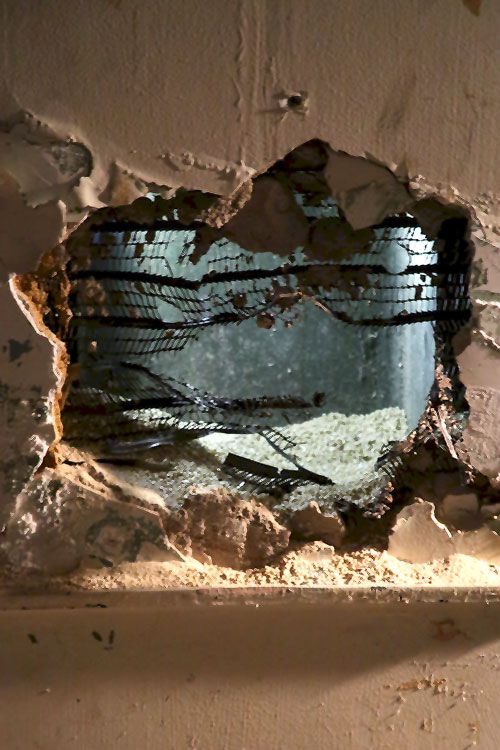
Craft a Story that Doesn’t Harm the Site’s History
“Having a haunted house in a space with a dark history is a challenge,” said Amy. “It took at least 12 years for Eastern State Penitentiary to get this balance right. We had to make a clear distinction that, during the day, we offer factual, historical information about the site, and, at night, it’s entertainment only.” The site doesn’t mix its history with its haunted entertainment. Al Capone spent about nine months in Eastern State Penitentiary, but he doesn’t appear in costume and makeup as a zombie at night.
“You have to recognize this is all about entertainment. We aren’t here to offend. Especially if you’re dealing with a historic site where some tragic act happened, you don’t want to bring that up, because there are survivors and descendants of those people. So, you must be careful with that,” added Scott.
One way to do this is through historical fiction—taking certain elements—not facts—of the events that took place during the historical period and creating a storyline from those. For example, at Fort Edmonton Park, Scott created a story in which there was a werewolf epidemic in Edmonton in the 1800s. “The leadership’s goal was to attract a different demographic than what usually came to the site. They said, ‘Let’s make it scary as all get-out.’ Creating a haunt in a historic site has one huge advantage that nobody else has— you’re working in the coolest place in the world. Don’t work against what you already have.”
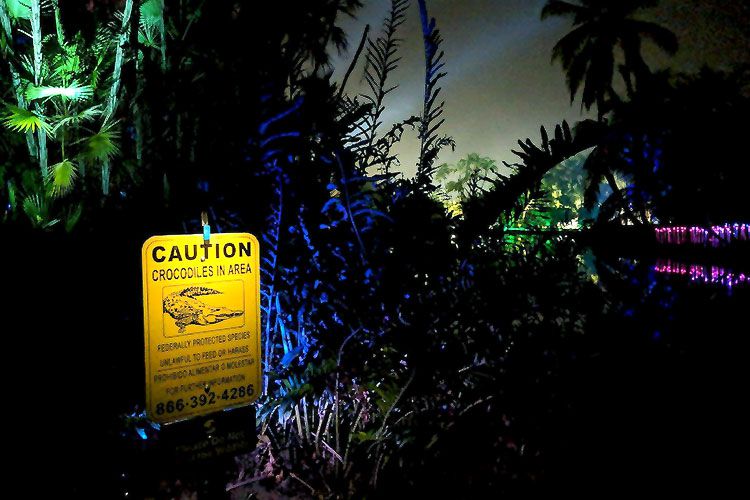
Have a Dedicated, Year-round Team
“You have to have a team that’s thinking about this year-round, but I don’t think it requires a team to work on it 24/7,” said Amy. “Once we launch the Halloween show for that season, we’re thinking about what we’re going to do next year. You’re going to need time after your haunt to do a wrap-up, analysis, look at numbers, look at reviews, and think about how you’re going to improve the next season. You must have a scope of work starting in January for you to hit your goals. Get those thoughts going and constantly keep your project in mind when you’re seeing a movie or reading a book. Jot down some notes. Keep a file always open in your computer about ideas for your next Halloween event.”
About Amy Hollaman:
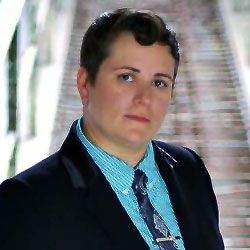
Amy Hollaman is a seasonal attractions and operations expert focusing on bringing authentic venues and historical sites to life in innovative ways. Amy’s projects include: Queen Mary’s Dark Harbor, Night Garden Experience, and Terror Behind the Walls. As an established leader in the haunted attraction industry, Amy teaches seminars and workshops on safety, operations, and theatrical training at Transworld’s National Halloween and Attractions Show, the State of Pennsylvania Attraction Safety Seminar, The International Association of Amusement Parks and Attractions, and other haunted houses around the country.
About Scott Swenson:

Scott Swenson has been bringing stories to life as a Writer, Director, Producer and Performer for over 30 Years. His work in Environmental Theatre, Theme Park, Live Theater and Television has given him a broad spectrum of experiences. He was part of the original development team and the creative leader for the first 15 years of Howl-O-Scream at Busch Gardens Tampa. Scott’s projects include: Busch Gardens Howl-O-Scream, The Vault of Souls, and DARK.
Key Takeaways:
- The five key elements are:
2. Obtain full support from management and staff at the site.
3. Bring in outside experts.
4. Craft a story which doesn’t harm the site’s history.
5. Establish a dedicated team to work on the event year-round.
- Start a year out to see what’s going on in your industry and region during the season so you can find your niche and fill it.
- Establishing the goal of your event will guide the planning process.
- Don’t start cheap; start focused.
- To get full support, everyone must feel ownership.
- Involve people who aren’t part of the creative development team in the creative development.
- Get full support from the surrounding community.
- Nine times out of ten you must bring in outside help—not because the internal staff can’t handle it but because your internal team is already committed to the daytime product.
- You don’t want to give the keys to outside help entirely.
- Outside Experts come up with suggestions, and you make the decisions.
- This is all about entertainment. We aren’t here to offend.
- Don’t work against what you already have.
- Historical Fiction: Taking certain elements—not facts—of the events that took place during the historical time period and creating a storyline from those.
- You must have a scope of work starting in January for you to hit your goals.
